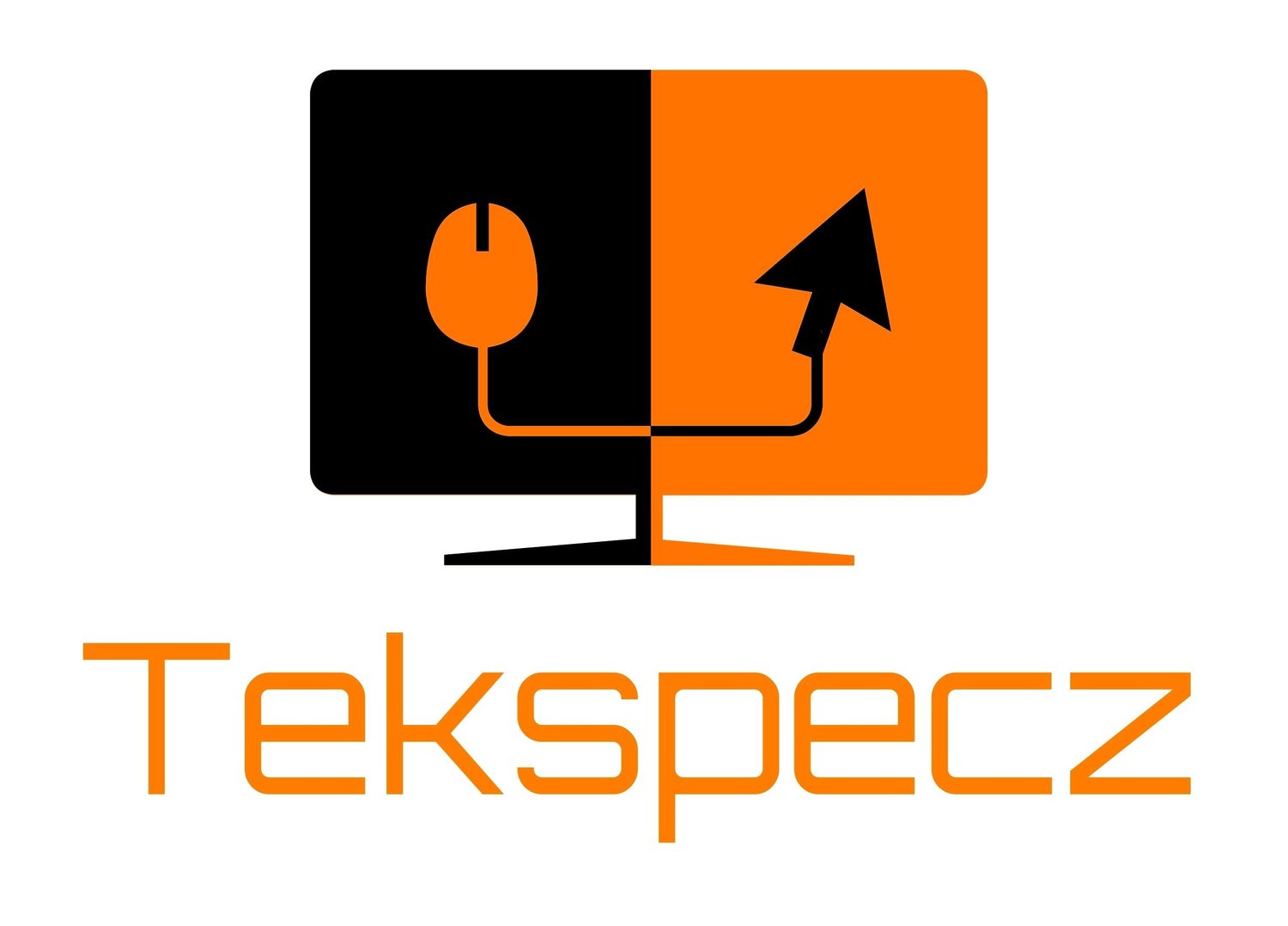Hardware Breakdown Presents: AMD Ryzen 9 3900X
Right off the outset of AMD's market release of their newest flagship processor, published reviews are already out, and the vast majority have all given the Ryzen 9 3900X positive reviews. Some are saying the processor is almost on par with Intel's Core i9 9900K. So, of course, I'm rather intrigued by what this processor has to offer. I've viewed the benchmark scores and gathered enough information to discuss at length the core features and specs that make AMD's flagship CPU garnished a great deal of attention from many tech pundits such as myself.
Ladies and gentlemen welcome to the monthly edition of hardware breakdown where we use our imagination a bit and break apart any particular device or hardware, carefully examine critical features — AMD's Ryzen 9 3900X is undoubtedly deserving of such examination.
Let's crack open Ryzen 9 3900X, AMD's newest flagship processor, shall we?
Inside The Node
It's hard to believe that this is the very first x86 produced processor built on a 7nmm process node. That's 7nm less than its Intel counterparts who's current flagship CPU is on a 14nm node. What's quite interesting is AMD has wholly redesigned the processor. While the first-gen Zen-based Ryzens featured two 14mm CCD's placed right alongside the memory and PCIe controller connected to Infinity Fabric, the new Zen 2-based Ryzen 3000's is a bit different; there's separation from the memory controller and PCIe 4.0 controller placed on separate IO dies. The entire IO die constructed on a 12mm processor. So what are the advantages of this type of setup you ask? It's a cost-effective measure that in turn lowers the price of CPU — also, space is not compromised within the 7nm wafer.
Here's where it gets fascinating, the Ryzen 9 3000X has double amount of L3 cache which AMD is dubbing it as game cache. The processor maxes out at 70MB cache, which primarily reduces memory latency. Added L3 cache according to AMD should raise gaming performance on the CPU.
Speed, Cores and Threads
If you judge the Ryzen 9 3900X on just spec numbers alone, you'll probably say this CPU is the fastest on the market. It has a 3.8GHz base clock frequency and a 4.6GHz max boost clock frequency — an astounding 12 CPU cores with 24-threads. In comparison, slightly edging out Intel's Core i9-9900K which has a 3.6GHz base clock frequency, it edges AMD's boost clock frequency by a single digit, 4.7GHz. Cores and threads are where the Ryzen 9 3900X outweighs its counterpart.
But There’s PCIe 4.0
The Ryzen 9 3900X will now support the next PCIe iteration, which will be 4.0, doubling the clock speed and throughput over PCIe 3.0. This move by AMD adds to the list of features that edges out Intel which continually uses PCIe 3.0 speeds on its CPUs.








